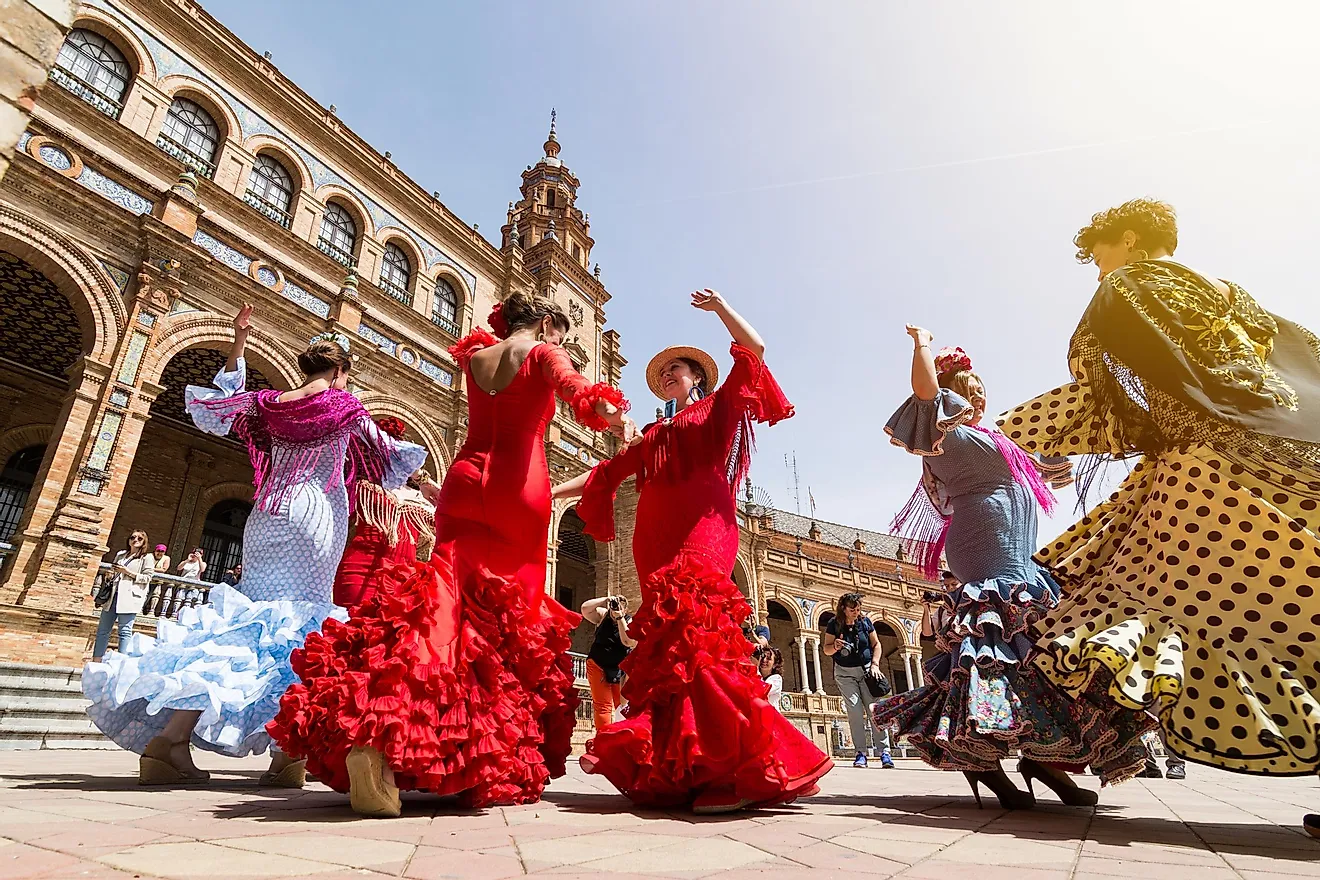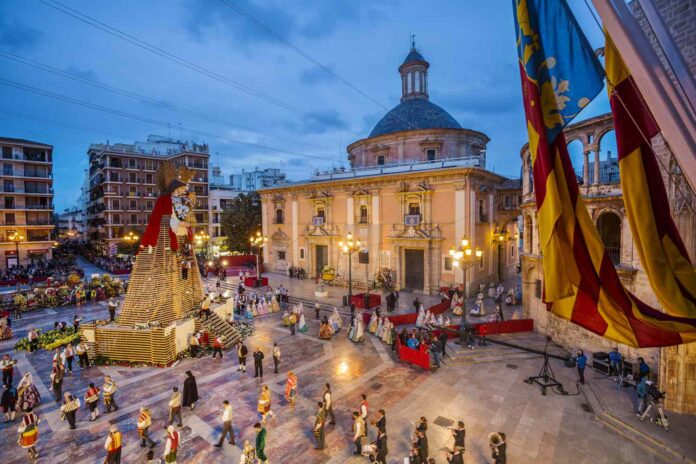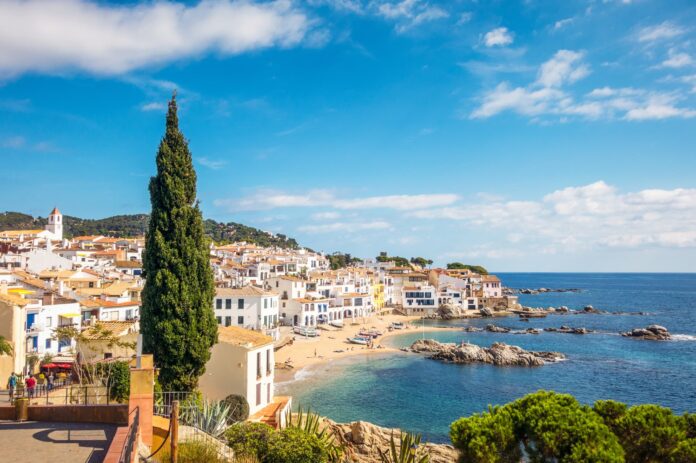Spain, with its vibrant culture, rich history, and beautiful landscapes, is a popular destination for travellers from around the world. The incredible country boasts some of the best places and gorgeous areas across the country that are not to be missed. You simply cannot miss out on those beautiful sights and amazing experiences.
You can soak up those beautiful sights and enjoy the glorious sunshine, and the best part about the country is the sheer diversity you find in cultures, food, and languages. There are very few countries and locations in the world where you can have fantastic new experiences every time.
Whether you’re planning a visit to the bustling streets of Barcelona, the sunny beaches of the Costa del Sol, or the historical sites of Madrid, it’s essential to be prepared before your trip.
Here are some tips to consider before you go to Spain and look forward to a smooth and enjoyable experience.
1. Plan According to the Season
While spring and fall are the best and offer good weather, plenty of cultural activities, and light crowds, one can plan their trip based on their needs and preferences. Due to the diverse geography, the country experiences different climates. Thus, consider the time of year and the specific region you’ll be visiting when planning your trip.
The summer months can be Hot and crowded in popular coastal areas, while the winter months offer milder temperatures. Book your accommodation in Spain with Cozycozy in advance to get the best deals at great locations.
Those who’re interested in cultural events or festivals can align their visit with these unique experiences based on the research of the dates and locations.

2. Learn Basic Spanish Phrases
Language is a powerful tool that connects people, and it is always a big help if you know the language of the country you plan to visit. While English is widely spoken in major tourist areas, knowing a few basic Spanish phrases can greatly enhance your experience.
There is no need to be very fluent in the language, and just some basic and simple phrases can be useful; in your daily life and help you navigate daily interactions. Make effects of learning some Spanish sentences to express your greetings and simple words such as Hola – “Hello,” Mucho gusto – “Nice to meet you,” ¿Qué tal? – “How are you?” Gracias – “Thank you,” Nos vemos – “See you” and more.
Those phrases will go a long way to show your appreciation for their culture. You can even invest in a language translation to overcome any language barriers you may encounter.
3. Embrace Siesta Culture
Don’t be surprised to see Spanish shops and businesses close for a few hours in the afternoon. They are just taking a traditional midday break or Siesta, which is deeply ingrained in Spanish culture.
So, respect the local culture and plan your day and activities accordingly. You can explore quieter areas or enjoy a big, long lunch in a local restaurant and even take a nap after the big meal. However, even if the shops close for Siesta, it doesn’t mean that the shopkeepers are sleeping in the middle of the day.
The shop owners and attendants need at least an hour to have their lunch and thus shut down the shops and stores during the midday break. You won’t see anyone in the shops or streets because they are all busy having their lunch and resting. As dinner is eaten late, adjust your dining schedule accordingly.

4. Enjoy Local Cuisine
Spanish cuisine is renowned worldwide for its flavours and variety, and it is a way of life here as it brings friends and families together and closer. You will find some amazing food from the mountainous north to the coastal south. Make sure to indulge in some heavenly foods, and the dishes to add to your must-try list include tapas in alluring Flavors and delicate textures, Paella- Spanish rice from the beautiful city of Valencia, or the crispy, wholesome patatas bravas, which are a must to have.
So, whenever you are on a trip to Spain, explore every region in Spain to enjoy local dishes and regional delicacies. Spain has its own culinary specialties that will delight your taste buds.
5. Be Mindful of Cultural Norms
Understanding and respecting Spanish cultural norms will enhance your experience and ensure a positive interaction with locals. Whenever you enter any shop or store, always greet them with a polite hello and say goodbye when you leave. Spaniards value personal space and tend to greet with kisses on both cheeks, even with acquaintances.
It’s also customary to use a polite form of address when speaking to older people or those in a professional setting. If you want to give anything to someone, simply pass it on carefully and do not toss it, as it is considered to be rude. Remember to dress appropriately when visiting religious sites, covering your shoulders and knees.

6. Stay Safe and Secure
While Spain is seen as a safe country to travel in and ranks among the top safest countries in the world, it is best to exercise caution. Like any travel destination, it’s important to prioritize safety and security while in Spain. Take standard precautions, such as keeping an eye on your belongings, especially in crowded tourist areas.
Be aware of yourself and your belongings, especially in high-traffic areas and be cautious of pickpockets and carry only necessary documents and cash. In case of an emergency, familiarize yourself with the local emergency numbers and the location of the nearest embassy or consulate.
7. Explore Beyond the Tourist Hotspots
Spain is so huge and gloriously wide that you are sure to feel overwhelmed by the options you would have to plan your itinerary. While popular destinations like Barcelona, Madrid, and Seville are must-visit cities, consider exploring lesser-known towns and regions to get a more authentic experience of Spain.
Take day trips to charming villages, such as Ronda or Toledo, to discover hidden gems off the beaten path. Explore the diverse landscapes of the Pyrenees Mountains or the enchanting, white-washed villages of Andalusia.

Other top attractions that you simply can’t miss include La Sagrada Familia, The Royal Palace, Ciutat de les Arts I les Ciències, Guggenheim Museum Bilbao, Plaza de España, and lots more.









